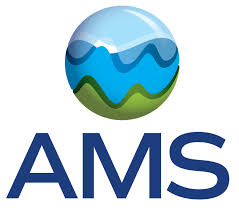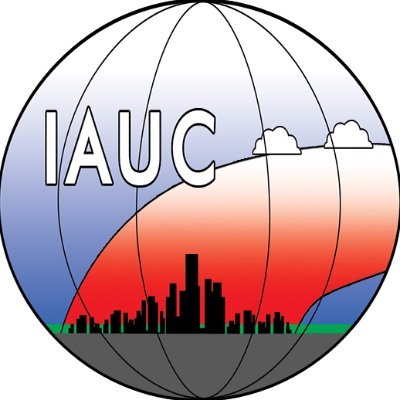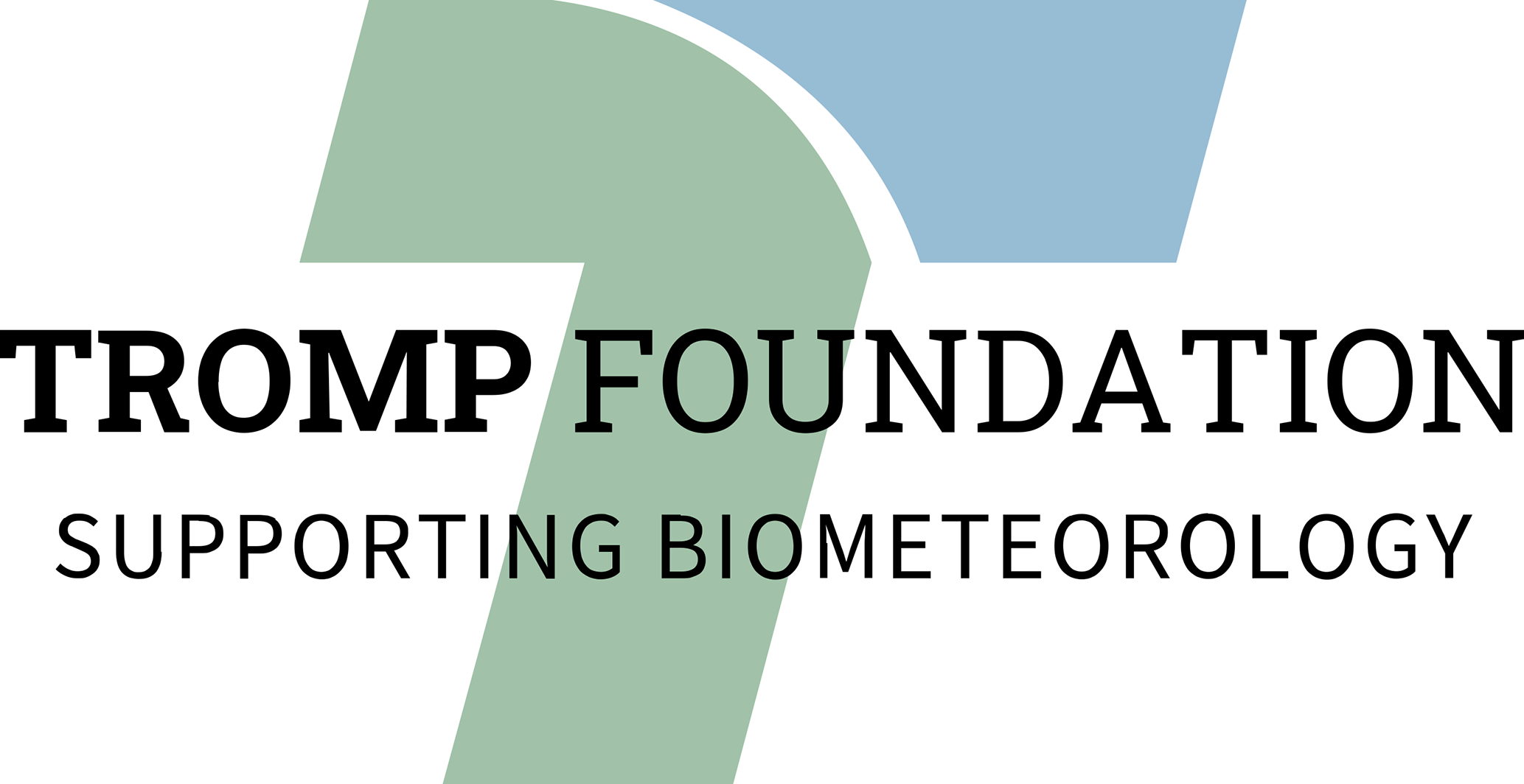Recent advancements in monitoring and modelling urban greenhouse gas emissions
09:00–09:15
|
ICUC12-392
|
Onsite presentation
09:15–09:30
|
ICUC12-423
|
Onsite presentation
09:30–09:45
|
ICUC12-468
|
Onsite presentation
09:45–10:00
|
ICUC12-324
|
Onsite presentation
10:00–10:15
|
ICUC12-407
|
Onsite presentation
10:15–10:30
|
ICUC12-711
|
Onsite presentation
Coffee break
Chairpersons: Andreas Christen, Stavros Stagakis
11:00–11:15
|
ICUC12-320
|
Onsite presentation
11:15–11:30
|
ICUC12-780
|
Onsite presentation
11:30–11:45
|
ICUC12-710
|
Onsite presentation
11:45–12:00
|
ICUC12-721
|
Onsite presentation
12:00–12:15
|
ICUC12-426
|
Onsite presentation
12:15–12:30
|
ICUC12-311
|
Onsite presentation
12:30–12:45
|
ICUC12-713
|
Onsite presentation
12:45–13:00
|
ICUC12-463
|
Onsite presentation




